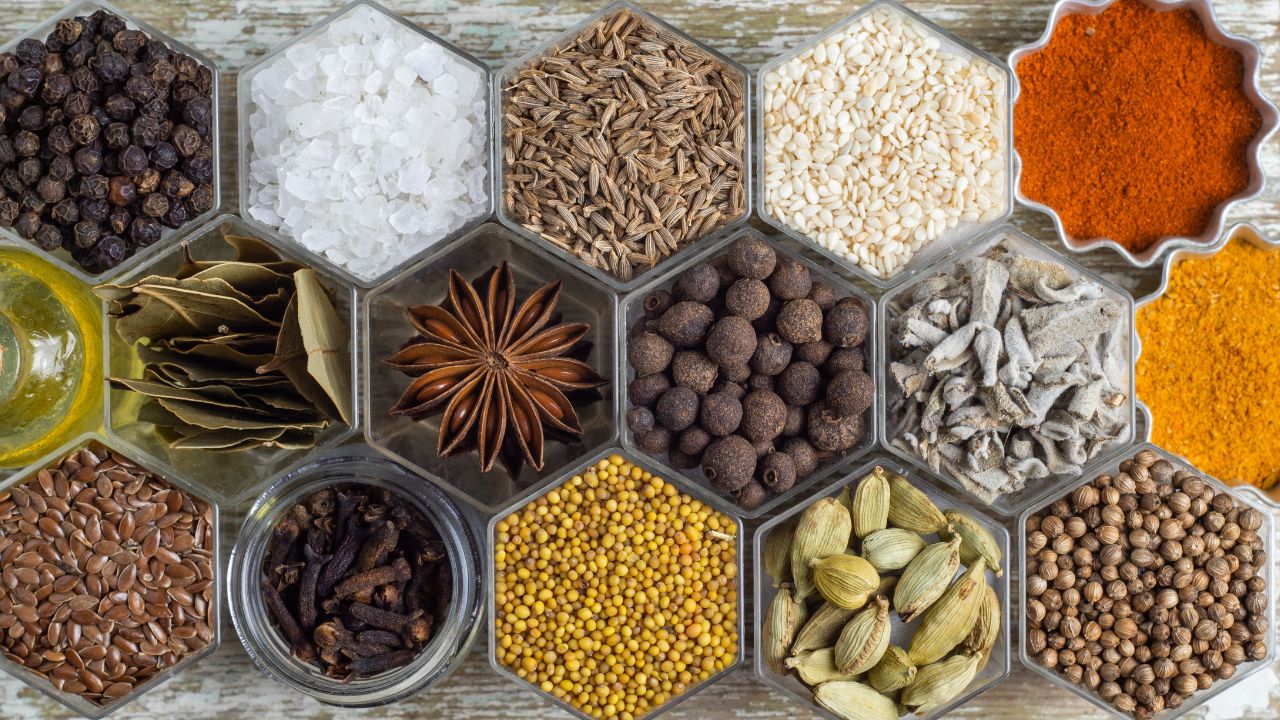Can diabetics eat spicy food? Yes, people with Type 2 diabetes can enjoy spicy food as part of their diet.
We all know that when we’re managing diabetes, it’s important to monitor your sugar intake carefully. But did you know that including certain herbs and spices in your meals can actually be beneficial?
Adding flavorful spices not only makes your food tastier but can also play a role in maintaining stable blood sugar levels.
This doesn’t mean spices can replace a healthy lifestyle or your prescribed medication. However, it’s a tasty strategy to complement your overall plan for managing diabetes.
Why Do The Spicy Foods Work?
Spicy foods can help manage blood sugar levels, and here’s why it works in simple terms.
Researchers have discovered some of the key reasons why adding herbs and spices to your diet might help if you’re dealing with Type 2 diabetes.
First off, many spices can help reduce inflammation in your body.
Inflammation is not just about swelling or pain; it can also affect how your body uses insulin, the hormone that helps control your blood sugar levels.
Some spices, like turmeric, contain a component called curcumin, and garlic has its own active ingredients. Both of these are known to be very effective in fighting inflammation, which can, in turn, help your body manage blood sugar more effectively.
Secondly, these flavorful additions can also change how sensitive your body is to insulin. This means that your body might get better at using the insulin it produces to control blood sugar levels. Improving insulin sensitivity is a key goal in managing Type 2 diabetes because it helps keep blood sugar levels stable.
Adding herbs and spices to your diet is beneficial, but you should not forget to always incorporate a healthy diet, regular exercise, and most importantly your doctor’s prescription medications.
Think of spices as a tasty tool in your toolkit for managing diabetes, one that makes your food more enjoyable while also supporting your health goals.
Could Spicy Foods Help With Your Blood Sugar Levels?
Absolutely! Incorporating spicy foods into your diet might be a tasty way to help manage your blood sugar levels. Let’s dive into how some specific spices can contribute to this:
- Cloves: Adding cloves to your dishes not only enhances the flavor and aroma but could also play a part in controlling your blood sugar levels.
- Garlic: This versatile ingredient can be used in numerous ways, from seasoning dishes to making sauces, and even in teas when you’re feeling under the weather. Its potential benefits for blood sugar management make it a great addition to your diet.
- Cinnamon: Known for its use in baked goods, cinnamon can also be a great addition to some savory dishes and teas. It’s another spice that’s linked with blood sugar control, making it a sweet and spicy choice for your meals.
- Chili Peppers: If you’re up for a bit of heat, chili peppers are an exciting way to spice up your diet. With a variety of types available, such as cayenne, habanero, chipotle, jalapeño, Anaheim, and ancho, you can choose how hot you want your dishes. These peppers are not just about the kick they add; they may also have benefits for blood sugar regulation. Ground chili peppers are used to make spices like paprika, chili powder, and cayenne pepper, offering a convenient way to season your meals.
Adding these spices to your meals isn’t just about making your food more delicious. They could also be a flavorful strategy to help manage your blood sugar levels. However, it’s important to remember that this should complement a balanced diet and any existing diabetes management plan you have.
Is There A Limit To How Much You Can Eat?
When it comes to adding spices and herbs to your diet, there’s a common question: “Is there a limit to how much you can eat?”
The simple answer is, that while these are natural additions to your meals and don’t have a specific consumption limit, moderation is key.
Here’s why starting slow and paying attention to your body’s response is important:
- Individual Reactions: Even though spices like garlic offer numerous health benefits, consuming them in large amounts can lead to side effects, such as headaches. This could be particularly troublesome for people who already suffer from chronic headaches or migraines.
- Observing Effects: To better understand how your body reacts to different spices, try incorporating them into your diet one at a time. This approach makes it easier to identify any adverse reactions or side effects that might arise from adding these new elements to your meals.
- Professional Guidance: Remember, spicing up your diet should not replace any medical treatment or advice from your healthcare provider. It’s crucial to consult with your doctor before making significant dietary changes, especially to ensure that these changes won’t interfere with any medications you’re taking or conditions you’re managing.
In summary, while there’s no strict limit to how much you can spice up your meals, starting with small amounts and paying attention to how your body reacts is a wise strategy. Always keep in mind that your health and safety come first, so when in doubt, discussing your dietary plans with a healthcare professional is the best course of action.
References:
Could Spicy Foods Help With Your Blood Sugar Levels? Diabetes (blackdoctor.org)
Diabetes: 4 Spices That You Should Eat To Manage Blood Sugar Levels (ndtv.com)

